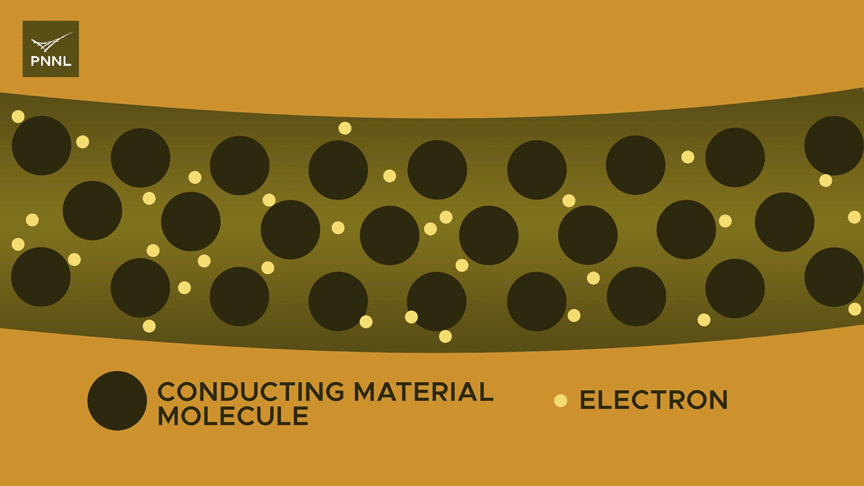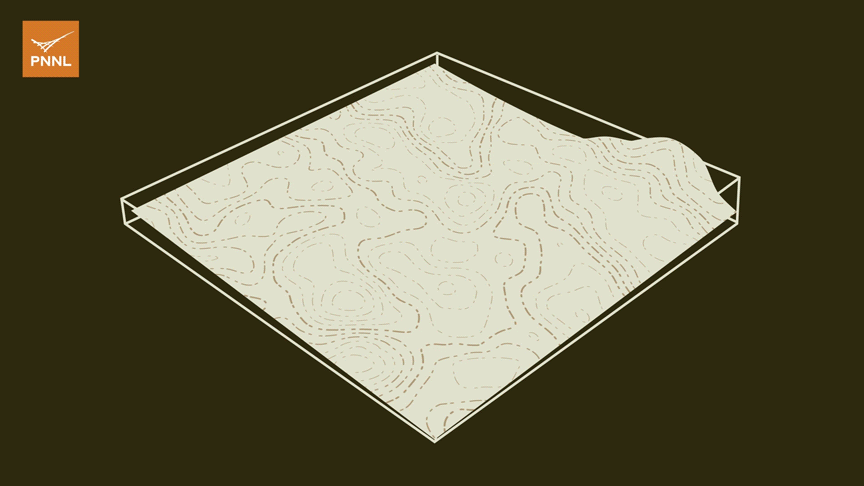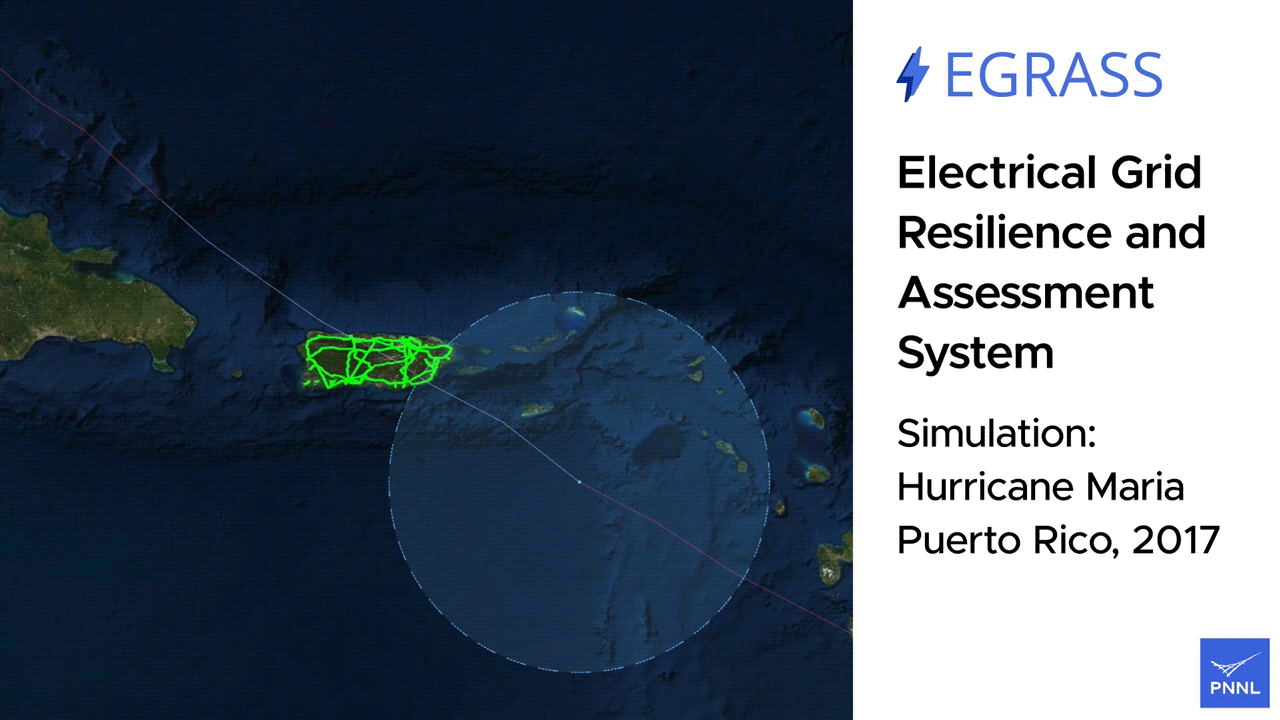RICHLAND, Wash.-Every second of every day, utilities monitor the flow of power through the nation's electric grid, monitoring whether power generated matches power demanded by homes, businesses, vehicles and more. For every disruption-a substation outage, a felled utility pole, a generator failure-grid operators must work quickly to ensure that power goes where it's needed.
Summer weather can bring such grid disruptions. Heatwaves throttle the efficiency of power generation and transmission, hurricanes destroy infrastructure, and in some rare cases, sagging powerlines can ignite wildfires. Simultaneously, demand on the grid rises as people depend more and more on air conditioning to keep their homes cool and livable.
What's more, climate change researchers have found that some summer extremes are becoming more frequent and more intense.
Here's what summer extreme weather means for the grid, and how researchers at the Department of Energy's Pacific Northwest National Laboratory are stepping up to face the challenge.
Heatwaves: Less efficient power flow, more power demand
During a heatwave, the grid gets hit in two ways-electricity demand rises as people crank up their air conditioners, but that same electricity moves through the grid less efficiently. Natural gas turbines, for example, become about 25% less efficient in hot weather. Any power plants that rely on water to cool them become less efficient as well, because as the ambient temperatures rise, so does the water temperature.

Even solar panels are less efficient in hot weather, said Vishvas Chalishazar, an electrical engineer at PNNL. It might seem counterintuitive because solar panels need sunlight (which is, by nature, hot) to produce energy, but if the ambient temperature is too hot, the vibrating molecules in the photovoltaic material reduce its ability to transport electrons.
From generation to transmission to distribution, heat can slow power.
"When a conducting material becomes hot, its molecules vibrate more, which creates more resistance, disrupts the flow of electrons and leads to higher loss of energy," Chalishazar said. "It's like a traffic jam caused by a lane ending on the highway. More cars need to fit into a smaller space, which slows everyone down."
PNNL researchers are studying different materials that might conduct electricity efficiently, even in high temperatures. For instance, a team recently found that adding a small amount of graphene-a different version of the graphite found in pencils-to copper wiring can preserve its ability to conduct electricity, even at high temperatures.

PNNL researchers also study how to make buildings more energy efficient, so they don't need to use as much power to cool the whole building. Buildings scientists test different kinds of windows, analyze the efficacy of technology like heat pumps, study the effectiveness of different building codes and offer practical guides for builders and homeowners on how to build an energy-efficient home. They're also studying how electrified buildings and vehicles can send electricity back to the grid when needed.
Aside from high temperatures, heatwaves can raise the risk of wildfires.
Tracking wildfires to protect communities and infrastructure
"Droughts and heat are a part of the wildfire risk on the environmental side. But on the grid side of things, those are completely different beasts," Chalishazar said.
Landscapes dry out in long periods of high temperatures and little precipitation, making them more prone to ignition. First and foremost, wildfires threaten people and communities.
One way PNNL is helping decision-makers assess wildfire risk is with a model called RADR-Fire, which uses satellite images to map active fires. RADR-Fire can help emergency responders and other decision-makers in the midst of a crisis. While traditional fire observation craft focus on larger, more pressing fires, officials using RADR-Fire can then turn their attention to smaller wildfires that might become bigger. Other researchers are working on models that take into account factors like vegetation dryness or atmospheric moisture levels that can help predict where a fire might start and spread.
Utilities can also use RADR-Fire and other models to map whether any infrastructure, like substations or utility poles, could be in a fire-prone area. This mapping is also vital to combat the possibility of power lines themselves igniting fires, Chalishazar said.
"Utilities are becoming more cognizant of the fire risk and have started doing extremely detailed modeling of where the risks are and how do they make sure that none of their assets, like transmission lines or distribution lines, are igniting these wildfires," he continued.

Hurricanes bring the wind and rain
"Hurricanes are extremely challenging and their impacts are multifold," said Karthik Balaguru, an Earth scientist at PNNL. "You have the extreme winds associated with the storm, of course, but then you can have slow-moving storms like Harvey in 2017, which can produce humongous amounts of precipitation."
And closer to the coast, "you would have to deal with storm surge as well," Balaguru continued.
As with wildfires, the powerful winds and heavy precipitation from hurricanes threaten lives and communities. They can also damage the power grid enough to knock out power for millions, as recently seen after Hurricane Beryl in Texas.
Strong gusts of wind knock down power lines and transmission towers, while sustained winds can cause compounding damage year to year, Balaguru said. Winds can also knock down trees, which can then damage power lines or block roads for crews who need to inspect damage. Rainfall can also inundate soil and cause landslides.
And recent research shows that not only are hurricanes expected to become stronger along the Gulf Coast and lower East Coast, they're also intensifying faster over their lifespans all over the world.
"The general consensus is that, under climate change, we probably won't necessarily see more storms in the future-but the proportion of the intense storms will increase," Balaguru said.
To help protect communities, Balaguru and his team are currently working on developing models that will help utilities predict where outages might occur during a given storm, depending on factors like how fast it's moving and where it might make landfall.
One of these models is called RAFT-Risk Analysis Framework for Tropical Cyclones-and contains 40,000 simulated tropical cyclones created by incorporating historical records. Researchers can use RAFT to simulate wind speed, rainfall and direction of travel to aid with disaster planning.
In response to Hurricane Maria, which struck Puerto Rico in 2017 with 155-mile-per-hour winds and caused the longest blackout in United States history, PNNL researchers developed a tool to help utilities plan for a future hurricane. With the Electrical Grid Resilience and Assessment System (EGRASS), users can simulate different categories of hurricanes and different probability paths and see what infrastructure-down to individual transmission towers-may be damaged or lost.

When the power grid is vulnerable to extreme weather, that means communities are vulnerable as well.
"The climate impact on the grid isn't a future thing. It's happening now," said Kevin Schneider, a chief engineer and Laboratory Fellow at PNNL. "The heatwaves in the Pacific Northwest and cold snaps in Texas are not just one-offs. This stuff is here to stay. This is something that we can't just put a band-aid on. We need to look at the problem holistically and come up with long-term solutions."






